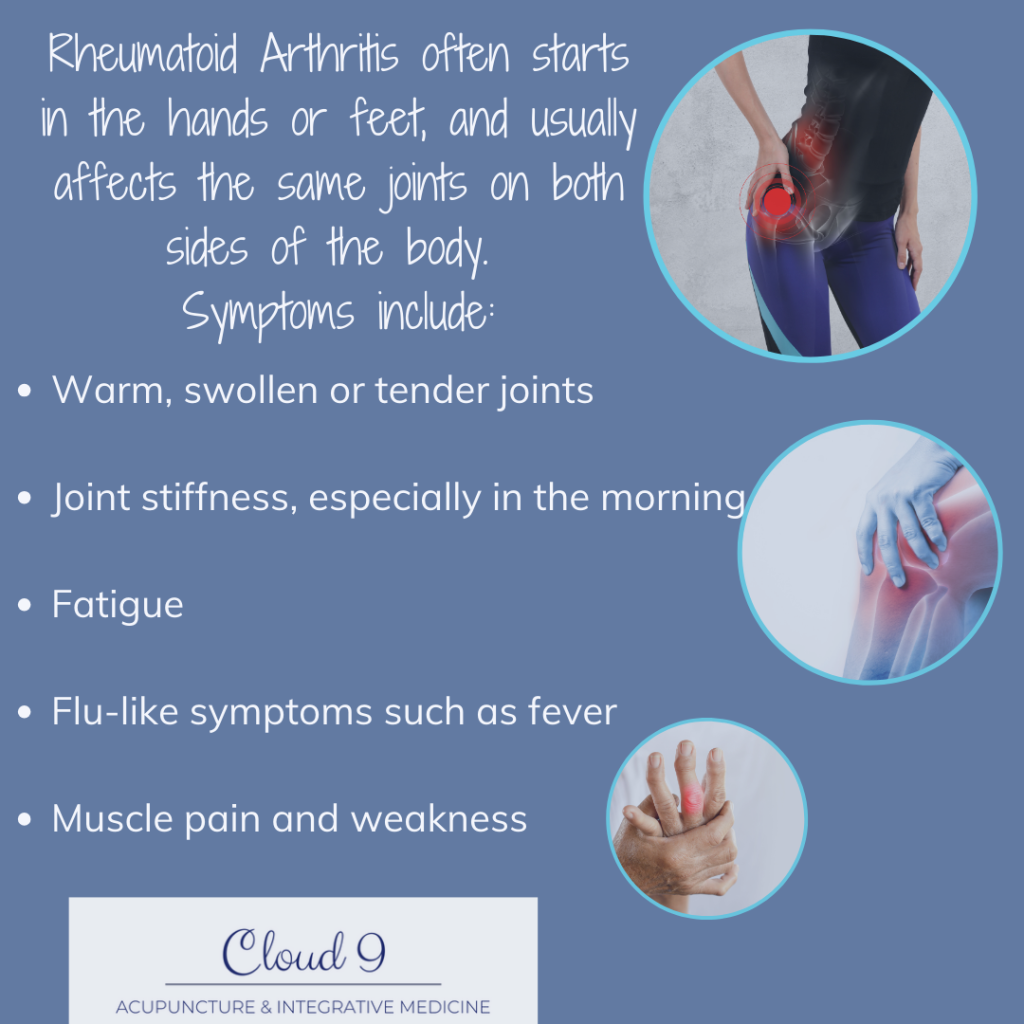- Cloud 9 Acupuncture & Integrative Medicine22 West Padonia Rd. Suite A-203
Timonium, MD 21093 Follow Us!
Acupuncture
Microneedling: A Simple Procedure with Big Results
Microneedling is a minimally invasive cosmetic procedure that can be used to improve the appearance of the skin. It involves the use of a small device with fine needles to create tiny punctures in the skin. This triggers the body’s natural healing response, which produces new collagen and elastin.
Microneedling can be used to treat a variety of skin conditions, including:
- Fine lines and wrinkles
- Acne scars
- Stretch marks
- Enlarged pores
- Hyperpigmentation
- Hair loss
Benefits of Microneedling
Microneedling is a safe and effective procedure with minimal downtime. It is also relatively affordable, making it a popular option for people who are looking for a way to improve their skin without surgery.
How Microneedling Works
During a microneedling procedure, the skin is first cleansed and numbed. The device is then passed over the skin, creating tiny punctures. The depth of the needles can be adjusted to treat different areas of the skin.
After the procedure, the skin may be slightly red and swollen, like you’ve been in the sun. However, these side effects typically subside within a few hours.
What to Expect After Microneedling
Most people see results within a few weeks of microneedling. However, it may take several months to see the full results.
Microneedling vs. Other Cosmetic Procedures
Microneedling is a less invasive and less expensive alternative to other cosmetic procedures, such as laser resurfacing and chemical peels. However, it may not be as effective for treating deep wrinkles or scars.
How to Find a Microneedling Provider
It is important to find a qualified microneedling provider. Ask your doctor for a referral or search for a provider online. Be sure to read reviews and check the provider’s credentials.
Tips for Preparing for a Microneedling Procedure
Here are a few tips for preparing for a microneedling procedure:
- Avoid sun exposure for several weeks before the procedure.
- Do not use any tanning products or exfoliate your skin for a few days before the procedure.
- Tell your doctor about any medications you are taking, including over-the-counter medications.
Microneedling is a safe and effective procedure that can improve the appearance of the skin. If you are considering microneedling, be sure to call today to schedule a consultation at 410-847-4766 and explore Holiday Specials while they last!

Acupuncture for Rheumatoid Arthritis: A Path to Pain Relief and Improved Quality of Life
Rheumatoid arthritis (RA) is a chronic autoimmune disease that affects the joints and connective tissues. It is characterized by joint pain, inflammation, stiffness, and fatigue. While there is no cure for RA, there are treatments available that can help to manage the symptoms and slow the progression of the disease.
One of the complementary therapies that is gaining popularity for the treatment of RA is acupuncture. Acupuncture is a traditional Chinese medicine technique that involves inserting thin needles into specific points on the body. It is believed to work by stimulating the body’s natural healing system and restoring balance to the body’s energy.
Evidence Supporting Acupuncture for RA
A growing body of research suggests that acupuncture may be an effective treatment for RA. A review of 43 studies found that acupuncture was associated with improvements in pain, joint function, and quality of life in people with RA. Another study found that acupuncture was more effective than sham acupuncture for reducing pain in people with RA.
How Acupuncture May Work for RA
There are several possible mechanisms by which acupuncture may work for RA. One possibility is that acupuncture stimulates the release of endorphins, which are the body’s natural pain relievers. Another possibility is that acupuncture helps to reduce inflammation, which is a key factor in RA.
What to Expect from Acupuncture Treatment
Acupuncture treatments typically last about 30 minutes. During treatment, you will be lying down or reclining in a comfortable position. The acupuncturist will insert thin needles into specific points on your body. You may feel a slight prick when the needles are inserted, but most people do not find acupuncture to be painful.
Acupuncture for RA: What the Experts Say
The Arthritis Foundation has stated that “there is some evidence to suggest that acupuncture may be helpful for the management of pain and function in people with RA.” The National Center for Complementary and Integrative Health (NCCIH) has also stated that “acupuncture may be helpful for the management of pain and other symptoms of RA.”
Is Acupuncture Safe for RA?
Acupuncture is generally considered to be safe. However, there are some potential side effects, such as bruising, bleeding, and pain at the needle insertion site. In rare cases, acupuncture can cause more serious side effects, such as infection or nerve damage.
Begin with a Consultation
If you are considering acupuncture for RA, it is important to begin with a consultation. Call 410-847-4766 today.
Acupuncture is a safe and effective treatment option for many people with RA. If you are looking for a natural way to manage your pain and improve your quality of life, acupuncture may be worth considering.
Acupuncture: A Natural Remedy for Sciatica Relief
Sciatica, a condition characterized by pain radiating from the lower back down through the leg, can significantly impact your quality of life. While traditional treatments often involve medication or surgery, acupuncture has emerged as a safe and effective alternative for managing sciatica symptoms.
Understanding Sciatica and Acupuncture
Sciatica stems from irritation or compression of the sciatic nerve, the longest nerve in the human body. This irritation often results from a herniated disc, spinal stenosis, or muscle spasms. Acupuncture, a core component of Traditional Chinese Medicine (TCM), aims to restore balance and harmony to the body’s energy flow, known as qi (pronounced “chee”).
Acupuncture for Sciatica: The Evidence
Numerous studies have investigated the effectiveness of acupuncture in treating sciatica. A 2019 meta-analysis of 12 randomized controlled trials (RCTs) concluded that acupuncture significantly reduced sciatic pain compared to sham acupuncture or conventional treatments.
How Acupuncture Works for Sciatica
Acupuncture practitioners insert thin, sterile needles into specific points on the body, known as acupoints. These points are believed to correspond to energy pathways or meridians. By stimulating these acupoints, acupuncture can:
-
Reduce Pain: Acupuncture triggers the release of endorphins, the body’s natural painkillers.
-
Improve Circulation: Acupuncture enhances blood flow to the affected area, promoting healing and reducing inflammation.
-
Regulate the Nervous System: Acupuncture helps calm the nervous system, reducing muscle spasms and nerve hypersensitivity.
Acupuncture: A Safe and Effective Treatment
Acupuncture is considered a safe and effective treatment for sciatica, with minimal side effects. Most patients experience mild discomfort at the needle insertion site, which quickly subsides.
Seeking Acupuncture for Sciatica Relief
If you’re considering acupuncture for sciatica relief, consult a licensed acupuncturist. They will assess your condition and develop a personalized treatment plan tailored to your specific needs.
Acupuncture for Sciatica: A Natural Path to Pain Relief
Acupuncture offers a promising and effective approach to managing sciatica symptoms. With its minimal side effects and growing body of evidence, acupuncture can provide a natural path to pain relief and improved quality of life.
Call 410-847-4766 to begin with a consultation.

Acupuncture: Effective Treatment for Migraines
Migraines are a debilitating neurological condition that can cause severe headaches, nausea, vomiting, and sensitivity to light and sound. According to the American Migraine Foundation, migraines affect over 39 million people in the United States.
While there is no cure for migraines, there are a number of treatments that can help to prevent or manage the symptoms. One of these treatments is acupuncture.
What is Acupuncture?
Acupuncture is a traditional Chinese medicine technique that involves inserting hair-thin needles into specific points on the body. It is believed to work by stimulating the body’s natural healing system.
How Does Acupuncture Help Migraines?
There is a growing body of evidence that suggests that acupuncture can be an effective treatment for migraines. A 2016 review of 22 studies found that acupuncture was more effective than sham acupuncture in reducing the frequency of migraines. The review also found that acupuncture was as effective as some preventive migraine medications.
It is not fully understood how acupuncture works for migraines.
However, it is thought to work by:
- Reducing pain by stimulating the release of endorphins, the body’s natural pain relievers
- Improving blood flow to the brain
- Reducing inflammation
- Relieving stress
What to Expect During an Acupuncture Treatment
An acupuncture treatment typically lasts 30 to 60 minutes. During the treatment, the acupuncturist will insert thin needles into specific points on the body. The needles will be left in place for about 15 minutes.
Most people do not feel any pain during an acupuncture treatment. Some people may feel a slight prickling sensation when the needles are inserted.
Acupuncture for Migraines: Is It Right for You?
Acupuncture is a safe and effective treatment for migraines. It is a good option for people who are looking for a natural alternative to medication or who have not had success with other treatments.
If you are considering acupuncture for migraines, it is important to find a licensed and experienced acupuncturist.
Here are some additional benefits of acupuncture for migraines:
- Acupuncture is a non-invasive treatment
- Acupuncture has few side effects
- Acupuncture can be used to treat other conditions, such as other types of chronic pain, stress, anxiety, and depression
Call today 410-847-4766 to begin with a consultation to see if you are a good candidate for our Migraine Relief Treatment Program.
Acupuncture: A Powerful Ally in Relieving Back Pain
Back pain is a common ailment that affects millions of people worldwide. It can range from a mild ache to a debilitating condition that disrupts daily life. While traditional treatments such as pain relievers and physical therapy can provide relief, many individuals seek alternative approaches to manage their back pain. Acupuncture, an ancient Chinese healing technique, has emerged as a promising option for pain management, particularly for back pain.
Understanding Acupuncture for Back Pain
Acupuncture involves inserting thin, sterile needles into specific points on the body, known as acupoints. These points are believed to lie along energy pathways called meridians. By stimulating these acupoints, acupuncture is thought to restore the balance of energy flow in the body, thereby alleviating pain and promoting healing.
Evidence Supporting Acupuncture for Back Pain
A growing body of research supports the effectiveness of acupuncture in managing back pain. Studies have shown that acupuncture can reduce pain intensity, improve physical function, and enhance quality of life for individuals with back pain.
A 2017 meta-analysis of 22 randomized controlled trials found that acupuncture was more effective than sham acupuncture in reducing chronic low back pain. Another study published in the Journal of Pain found that acupuncture was more effective than medication in reducing pain and improving function in individuals with chronic low back pain.
How Acupuncture Works for Back Pain
The exact mechanisms by which acupuncture works for back pain are still being investigated. However, several theories have been proposed.
- Pain modulation: Acupuncture may stimulate the release of endorphins, the body’s natural pain relievers.
- Inflammation reduction: Acupuncture may reduce inflammation, a contributing factor to back pain.
- Improved circulation: Acupuncture may promote blood flow to the affected area, aiding in healing.
Acupuncture for Back Pain: What to Expect
An acupuncture treatment session typically lasts about 30 minutes. During the session, the acupuncturist will insert thin, sterile needles into specific acupoints on your back. The needles are usually left in place for 15-20 minutes.
Most people experience little to no discomfort during acupuncture treatment. Some people may feel a slight tingling or ache at the insertion point, but this is usually temporary.
Acupuncture for Back Pain: Safety and Considerations
Acupuncture is generally considered a safe and effective treatment for back pain. However, it is important to consult with a licensed acupuncturist to ensure safe and proper treatment.
Acupuncture is generally not recommended for individuals with certain medical conditions, such as bleeding disorders or pacemakers. Pregnant women should also consult with their doctor before considering acupuncture.
Acupuncture for Back Pain: A Complementary Approach
Acupuncture for back pain is often used as a complementary treatment, meaning it is used in conjunction with other traditional treatments such as pain medication and physical therapy. This approach can provide a more comprehensive and effective treatment plan for managing back pain.
Acupuncture for Back Pain: Finding Relief
If you are experiencing back pain, acupuncture may be a valuable addition to your treatment plan. Call today to schedule a consultation at 410-847-4766 to discuss whether acupuncture is right for you. With its growing body of evidence and potential to provide significant relief, acupuncture can be a powerful ally in managing back pain and improving your overall well-being.


